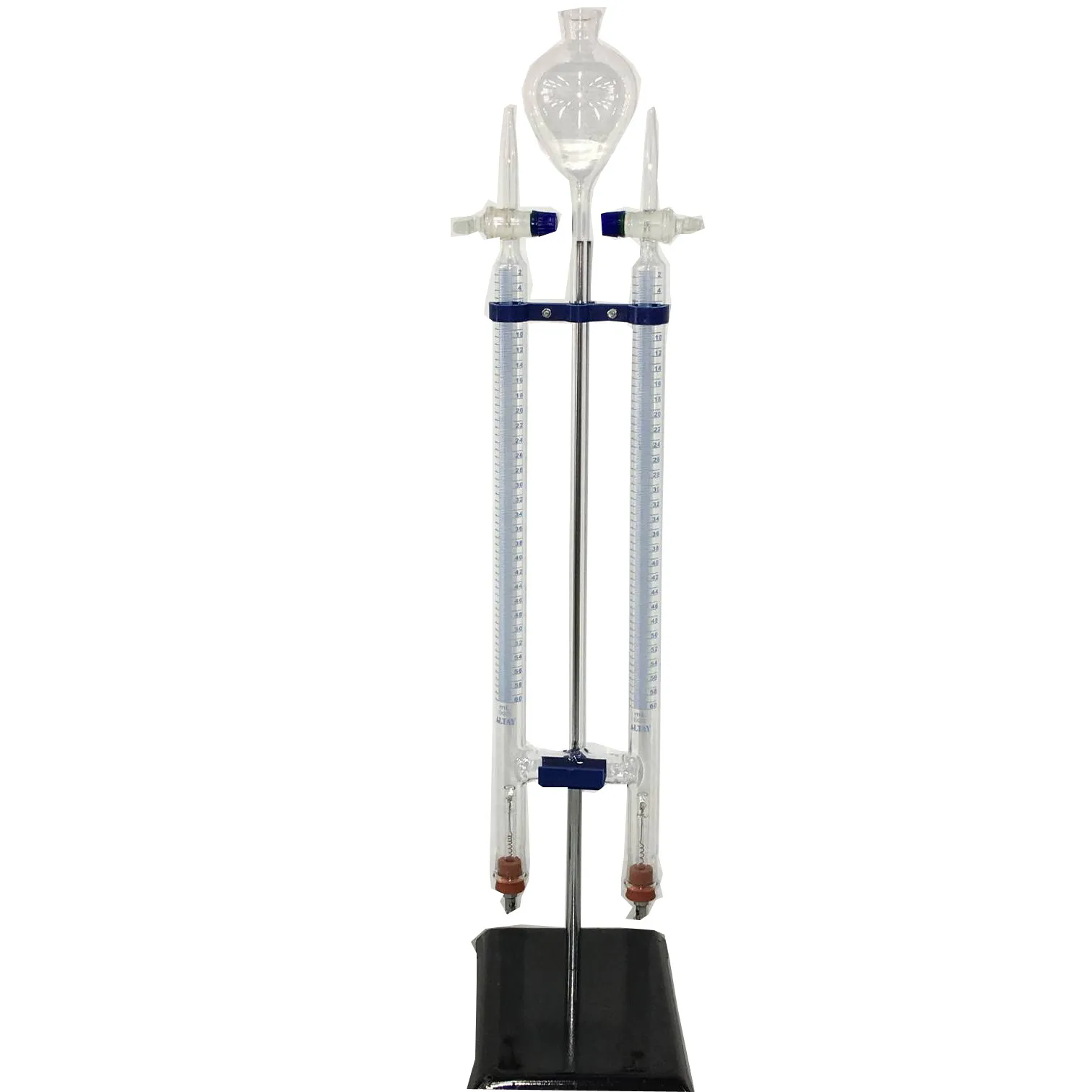Exploring the Hoffman Electrolysis Apparatus: A Deep Dive into Water Electrolysis
2024-09-25
The Hoffman Electrolysis Apparatus is a fascinating piece of scientific equipment that serves as a fundamental tool for demonstrating the principles of electrolysis. Named after the German chemist Emil Otto Hoffman, this apparatus not only showcases the process of breaking down water into its constituent elements—hydrogen and oxygen—but also serves as a practical educational tool for students and enthusiasts alike. In this blog, we will explore the design, function, applications, and significance of the Hoffman Electrolysis Apparatus.
Understanding the Hoffman Electrolysis Apparatus
What is Electrolysis?
Electrolysis is a chemical process that uses electricity to drive a non-spontaneous reaction. In the context of water electrolysis, it involves using an electric current to split water into hydrogen and oxygen gases. The Hoffman apparatus provides a visual demonstration of this process, allowing users to observe gas evolution at the electrodes.
Design and Components
The Hoffman Electrolysis Apparatus consists of several key components:
1. Electrolysis Cell: The main body of the apparatus is typically a glass container divided into two compartments, each containing an electrode. The electrodes are usually made of inert materials such as platinum or graphite, which do not react with the products of electrolysis.
2. Power Supply: A direct current (DC) power supply is connected to the electrodes, providing the necessary energy to initiate the electrolysis process.
3. Gas Collection Tubes: Each compartment is equipped with graduated gas collection tubes that collect the gases produced during electrolysis. These tubes are often marked to measure the volume of hydrogen and oxygen generated.
4. Water Reservoir: The apparatus is filled with distilled water, sometimes with the addition of an electrolyte (like sodium sulfate) to improve conductivity.
How the Hoffman Electrolysis Apparatus Works
The operation of the Hoffman Electrolysis Apparatus is straightforward:
1. Setup: Fill the apparatus with distilled water and, if desired, add a small amount of electrolyte to enhance conductivity.
2. Connecting Power: Attach the electrodes to the DC power supply. When the current is turned on, electrolysis begins.
3. Gas Generation: As the current passes through the water, hydrogen gas is produced at the cathode (negative electrode), and oxygen gas is generated at the anode (positive electrode). The gases rise into the gas collection tubes, where their volumes can be measured.
4. Observation: Students and observers can watch the bubbles forming at each electrode, providing a clear visual representation of the electrolysis process.
Applications of the Hoffman Electrolysis Apparatus
The Hoffman Electrolysis Apparatus serves multiple purposes:
1. Educational Tool: It is widely used in chemistry classrooms and laboratories to demonstrate the principles of electrolysis, helping students understand concepts related to chemical reactions, conductivity, and gas laws.
2. Research and Experimentation: Researchers can use the apparatus for experiments involving electrolysis, including the study of reaction kinetics, gas production rates, and the effects of different electrolytes on the process.
3. Hydrogen Production: The apparatus can be used in small-scale experiments to explore hydrogen production methods, contributing to research in renewable energy and sustainable practices.
Importance of the Hoffman Electrolysis Apparatus
The significance of the Hoffman Electrolysis Apparatus extends beyond its educational value. It represents a key concept in electrochemistry and is instrumental in advancing our understanding of chemical reactions and processes. By demonstrating how electricity can be used to separate elements, it opens up discussions about energy sources, alternative fuels, and the potential for hydrogen as a clean energy carrier.
Conclusion
The Hoffman Electrolysis Apparatus is a remarkable tool that brings the principles of electrolysis to life. Its clear and engaging design makes it an essential component of chemistry education, fostering curiosity and understanding among students and enthusiasts alike. As we continue to explore sustainable energy solutions, the principles demonstrated by the Hoffman apparatus remain relevant, showcasing the intersection of chemistry, innovation, and environmental consciousness. Whether in the classroom or the laboratory, this apparatus is a testament to the wonders of science and its potential to shape our future.



